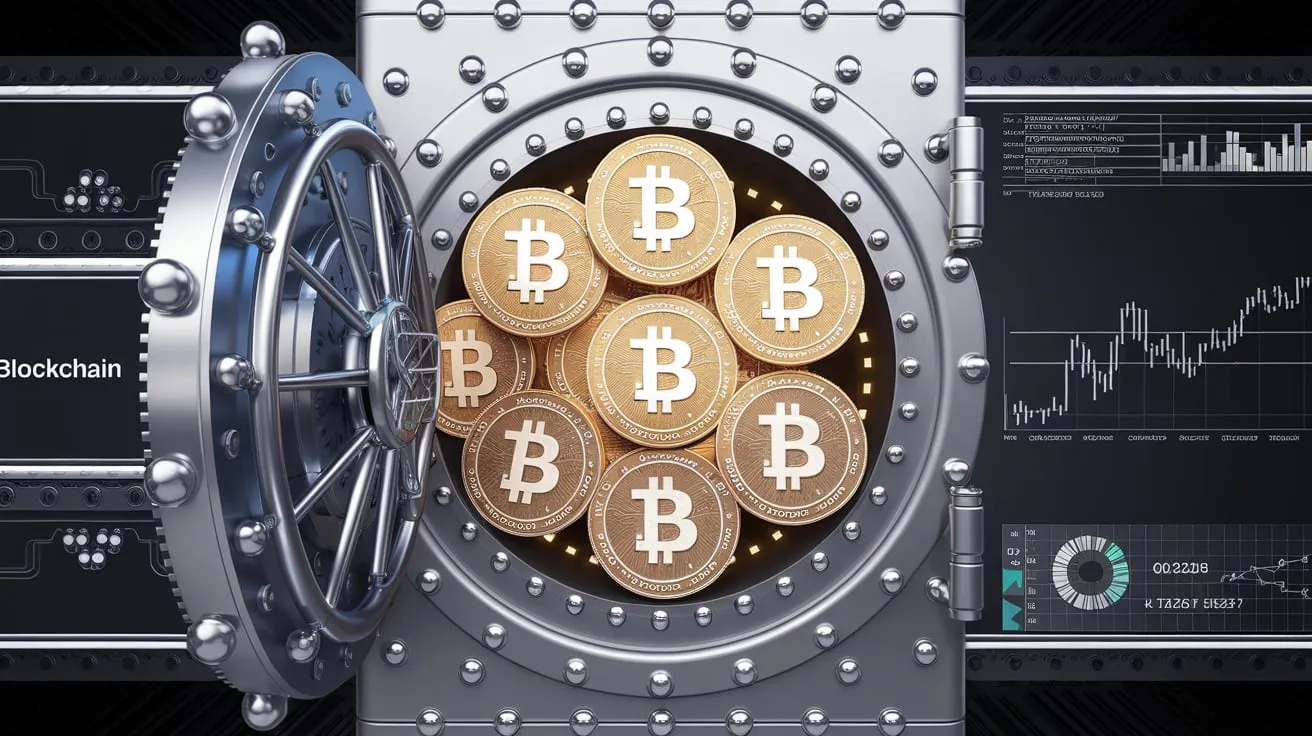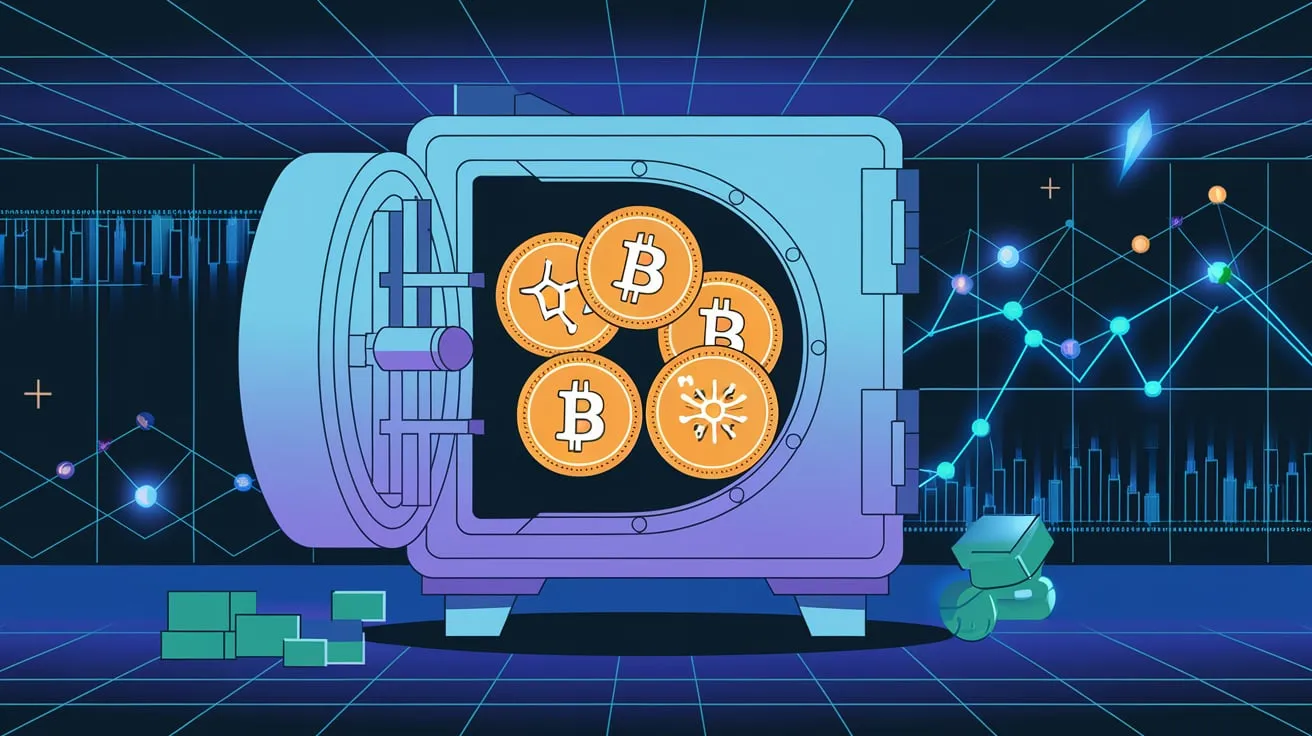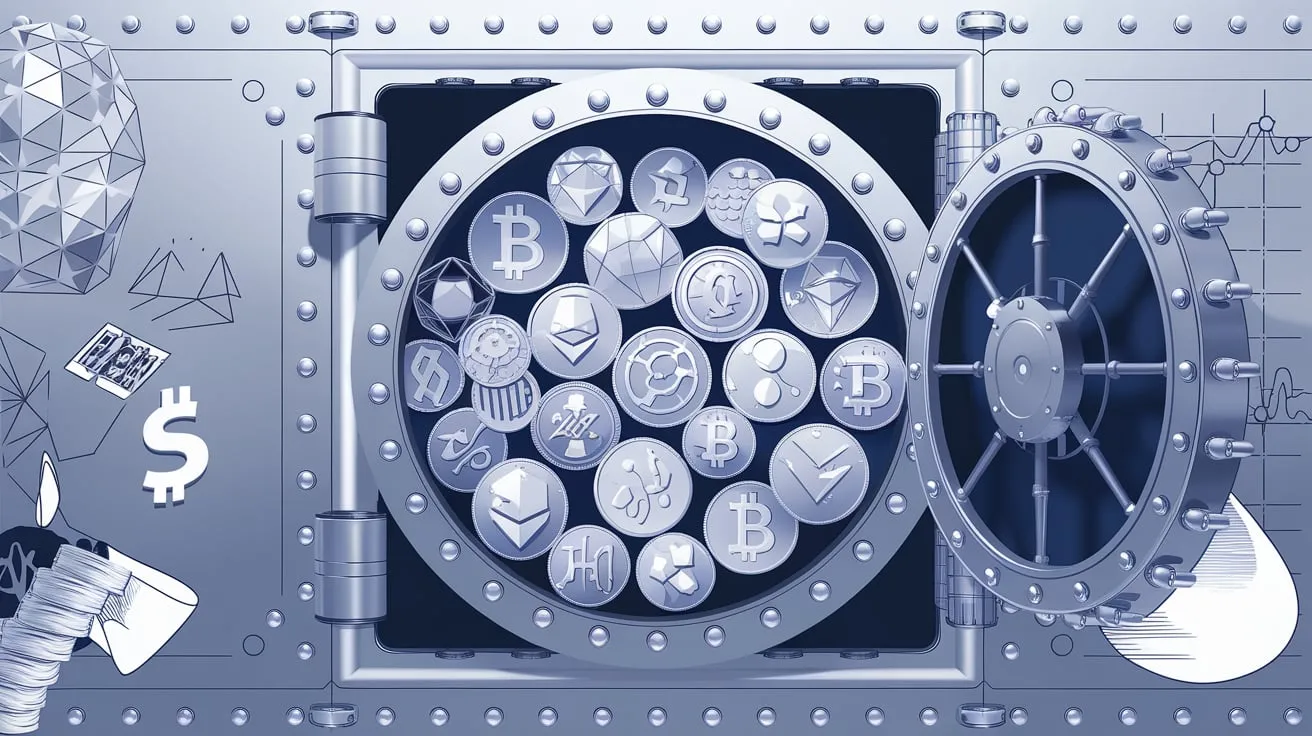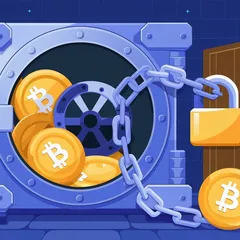
Token lockups are sometimes called vesting periods. If you have been in the crypto space for a while, you may have seen this term used by analysts and investors.
The real question is, why should you care, and what importance it is to you? In this article, we will talk about the key points of token lockup mechanisms and why it is very important for token holders.
At the conclusion, you will understand how it is used to protect long-term crypto investors by stabilizing token prices and the benefits of token lockup in blockchain projects.
If knowledge is what you seek, this informative guide will be your compass toward making better choices in stability and long-term investments.
What is Token Lockup?
Token lockup refers to a period where cryptocurrency tokens cannot be traded or transferred. The major aim of this specific period is to prevent large token holders of a cryptocurrency project from dumping large tokens that will lead to significant price drops after they are released.
By locking up tokens for a specified period in the cryptocurrency space, blockchain projects can regulate price stability and increase the long-term growth of tokens or coins.
Why Do Projects Use Token Lockups?
During the lock-up period, tokens cannot be transferred until the lock-up conditions are met. Here are a few reasons why projects in blockchain technology use token lockup structures:
- Price Stability: Token lock-up prevents price fluctuations by decreasing the amount of tokens in circulation. This lockup process is important in the unstable crypto market where potential price drops can cripple a token's value. When tokens are locked, it allows the value of the token to rise and gives it a chance to grow in the market.
- Building Trust and Credibility: When token lockups are implemented by a project, it leads to long-term devotion from investors and team members. This set period can create trust because it lets investors know that the project is here to sustain growth rather than being a cash-grab
- Incentivizing Long-Term Commitment: When a startup creates a cryptocurrency and launches, they often lock up large amounts of tokens that belong to team members and investors to align their interests with the overall success of the project. Locking up tokens for a specific period ensures that the value of the token rises and those behind it are fully committed to seeing it grow.
- Supporting Roadmap Execution: Locked-up tokens create a financial buffer for projects following a token sale. This allows them to concentrate on long-term development rather than worrying about prices and external pressures.
Types of Token Lockup Structures
- Early-Stage Lockups: This predetermined period is used during the early stages of a project. The tokens are held from 1-12 months and they target creators, team members, and early investors. These lockup terms ensure that stakeholders who hold the tokens are not able to sell them early.
- Team and Advisor Lockups: These lockup rules prevent team members and potential token sale participants from dumping the project after the completion of token sales. The tokens are restricted for 12-18 months for long-term success.
- Investor Lockups: This token lockup is commonly for early investors and venture capitalists with large tokens in a cold wallet. They are not allowed to sell their tokens after a project’s initial coin offering (ICO) or initial exchange offering (IEO). This lockup period expires after public sale and maintains the price of tokens.
- Public Token Sale Lockups: During ICOs or public sales, the project and the team members often lock their tokens to prevent large dumps when the cryptocurrency launches. This lock-up or vesting period reduces massive volatility after the tokens are listed on exchanges like Binance, Coinbase, or Bybit.
Benefits of Token Lockup for Investors

With the help of lock-up periods and smart contracts, creators increase token value and offer several benefits for investors who focus on long-term success.
Here are some major benefits that locking of token unlocks:
- Price Stability: Token lockups decrease the circulating supply of tokens and prevent investors or members from liquidating large amounts of their tokens. This prevents dumping that can reduce the token's value in the market. When these people can't access their tokens, the supply-demand balance is in equilibrium and can lead to price stability.
- Increase in Investor Confidence: Lockup periods are usually signs that a project is fully devoted to seeing their project grow over the long term rather than having a quick exit. When creators decide to lock their tokens, it assures other investors that early stakeholders won't flood the market with tokens. This move builds trust among investors and creates a stronger community that further leads to more investments.
- Incentivizes Long-Term Participation: For investors, a lockup period can be as a commitment channel, thereby promoting a longer engagement in the project. During this fixed period, investors are incentivized to keep their tokens which can bring higher profits as the project increases and the token gains more value.
- Controlled Distribution of Tokens: Token lockups work hand in hand with vesting schedules to ensure that the tokens are released over time. This controlled distribution is a great benefit to investors because it reduces the chances of large dumping when the period ends. It also ensures project creators and members stay committed.
- Potential for Higher Returns: When project creators lock their liquidity and limit the circulating supply, it can lead to a higher increase in token prices over time. The scarcity of tokens and the project's growth are the major catalysts for getting higher returns.
- Promotes Development and Project Milestones: Projects often combine the release dates of tokens with important milestones. This is a good sign for investors because it shows that the project is focused on achieving these milestones to prevent rug pulls and crypto scams.
Risks of Lock-Up Tokens for Crypto Holders
In this section, we will look at the risk that comes with locking up tokens for crypto holders in the ecosystem:
- Liquidity Issues: When project creators lock up their tokens, it can reduce liquidity because locked-up tokens are not accessible for sale or trade. If crypto holders want to cash out to solve an emergency, that will not be possible and this might affect their financial goals.
- Missed Profit Opportunities: If there is a significant increase in the token price during the vesting period, investors will miss the chance of selling at a high rate. Conversely, if there is a price decrease, crypto holders may be forced to sell at a loss when the vesting period ends.
Token Lockup Strategies
- Gradual Release Mechanism: Some blockchain projects use a gradual release method instead of releasing all tokens at once. This method ensures that there are no sudden price swings in the market.
- Vesting Schedules: When projects create a cryptocurrency and launch it via a blockchain, they use the vesting method to release tokens over time. For example, 30% of the tokens may be unlocked at the initial stage, while the remaining 70% are released in months or years. This creates a token distribution process that is controlled.
- Token Burn: Burning is the process of permanently removing a portion of a token from circulation and this leads to an increase in the value of the remaining tokens. Using this strategy with token lockup can increase token scarcity and price stability.
Relevant YouTube Video to watch: Understanding Lockup Periods
How Token Lockup Affects Investors

Token lockup can be a blessing and a curse for investors. For instance, it can help stabilize the prices of tokens and encourage the long-term growth of the project. On the other hand, it can limit investors from liquidating or selling their tokens and make it hard for them to exit their positions when they want to.
It is very important to know the policies involved in a project's lockup before deciding to make a long-term investment.
You can also read this article on Token Generation Event (TGE) to understand how it works in crypto.
Conclusion
Token lockup is an important strategy for crypto holders and blockchain projects. Its effects can be seen in price stability, trust building, and long-term growth for everyone involved in the project.
However, there are risks and considerations to keep in mind when choosing to use this strategy. If you are looking to invest in cryptocurrency, mastering these strategies that were discussed in this article will help you make the right decisions when the time comes.
By knowing how these lockups can affect you as an investor, you can move better in the volatile crypto market and make investments that align with your goals.
FAQs
What is the typical duration of token lockup?
Depending on the project, token lockup times might range from a few months to several years. While team and advisor lockups can run up to 18 months or more, early-stage lockups usually endure one to twelve months.
Does token lockup guarantee price stability?
Token lockup does not ensure price stability, but it can assist in stabilizing prices by reducing the supply. A token's price movement is also greatly influenced by market factors, investor mood, and project success.
Can I sell my tokens during the lockup period?
No, until the lockup period is over, tokens that are subject to a lockdown cannot be sold or transferred. The purpose of this restriction is to stop massive sell-offs.
What happens to my tokens after the lockup period?
Your tokens will be completely accessible for buying or selling on exchanges following the conclusion of the lockup period. To increase your profits, you must, however, keep an eye on market conditions.




